October 2nd was World Ostomy Day, and another reminder of the time I spent with an ileostomy. When you first get an ostomy, there is a lot of information that the doctors and the rest of the healthcare team like to give you. I remember learning about how I would feel, what to expect from recovery, what foods to eat, how to change my ostomy bag, and how to care for my stoma. All of this information was helpful in transitioning smoothly into my new role as an ostomate. What I think is less common to discuss is how an ostomy influences your life even after reversal. While this information isn’t prioritized, I believe it is helpful to understand the subtle ways you’ll be reminded of your ostomy long after it ceases to be a part of your daily life.
Below, I share some of the realities I’ve experienced as a former ostomate. I am not too far removed from my ileostomy back in 2018, but I have a feeling these will ring true for years to come. I also want to note that I know not everybody is as fortunate as I was to have a choice in my ostomy, and I understand that the experience can be different as a result of an emergency. I hope that whether your ostomy was a pleasant experience or a poor one that I can help to prepare you for what to expect after reversal.
Scars
My current ostomy scar. Results may vary.
One of the most obvious reminders of my time as an ostomate is the scar where my stoma used to sit. That little thumbprint scar is a physical reminder of that period of my life. I’ve heard that people don’t like having scars on their body, but I wear mine proudly. To me, it represents resilience and strength. If you have an ostomy scar, I urge you to search for your own meaning and identity in your scar. When you look at it, let it remind you of how far you’ve come. Try to focus on the positive ways it has changed you, rather than the circumstances that lead you to need an ostomy in the first place.
Foods
When I had an ostomy, one of the things that my healthcare team advised me was to change my diet. In order to minimize my chances of a blockage, I was advised to limit eating too much insoluble fiber. Now, I didn’t exactly take their advice the first time, but after the tragic broccoli green bean blockage of 2018 I certainly started paying more attention. Now, years later, I still search my plate when eating green beans to make sure I haven’t paired them with too much other fiber, even though I know I would handle it fine now. It can be hard to change the diet habits you’ve built with your ostomy, but if your healthcare team tells you that you can make some swaps after your reversal then don’t be afraid to branch out!
Dreams
Now, I can honestly tell you I never expected to be reminded of my ostomy in my dreams, but it happens all the time. My dreams aren’t specifically about my ostomy, but I’ll be plodding along in dreamworld, look down, and there it is! A few theories come to mind about why this happens, but I think that it boils down to identity. When I was an ostomate, I was pretty open about sharing my ostomy with anybody who was interested. I think that this ownership made being an ostomate a core part of my identity, and now my brain still conjures the ostomate version of me in my dreams!
Takeaways
Depending on your experience as an ostomate, reminders of your time with an ostomy could produce a variety of different emotional responses. I believe it is especially important if you had a poor experience with your ostomy to be prepared for possible reminders of that time. This will allow you to develop a plan to deal with those feelings, and even discuss solutions with a mental health professional. For others who had a better experience with their ostomy, reminders can be a fantastic opportunity to reflect on the growth you’ve made since your time with an ostomy. In either case, I hope you’ve been able to learn a bit about the different ways you might be reminded of your ostomy long after it has been reversed.


